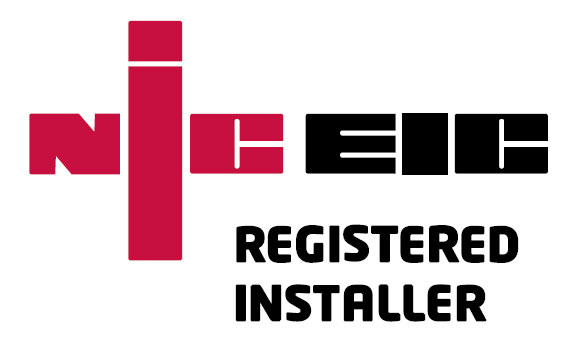Doorsteps, lintels above window and doors, solid masonry window reveals, concrete floors that becomes balconies, steel, timber or PVC window frames, solid walls with no insulation, internal wall frames that touch cold exterior walls or have no insulation behind them, a timber frame wall with no insulation behind or in front of the frame itself, rafter level insulation with no insulation above or below the rafters, RSJ’s hung on the outer leaf wall, suspended ceiling brackets below flat roofs, masonry floors with little or no edge insulation, ventilated suspended floors with nothing above or below the joists, integral garage ceilings, failed cavity wall insulation. The list goes on, but these are the usual suspects.
Don’t take our word for it. Hire a thermal imaging camera and point it at the building you’re in now.
Officially – “Thermal comfort is a condition of mind that expresses satisfaction with the thermal environment. Due to its subjectivity, thermal comfort is different for every individual. It is maintained when the heat generated by the human metabolism is allowed to dissipate at a rate that maintains thermal equilibrium in the body.”
In other words, when your head and your feet are at a similar temperature, preferably room temperature, you don’t feel too hot or too cold. Problem is, cold bridging can effect that equilibrium. If air in the room at 22oC meets a surface at 15oC for instance, like a cold bridge, the air rapidly cools, becomes heavier, then drops down the wall. When it goes down in one part of the room it goes up in the other, creating a circular draught even in an airtight property.
The answer is, avoid cold bridges.
The first step is to identify what’s likely to be a cold bridge. Anyone in the trade should be able to spot them. The trick is to let them know you don’t want any. Whoever has the energy bill or warranty liability would benefit from having a thermal imaging camera. You can buy small thermal cameras that plug into your smartphone for under £200.
The next step is to check the construction details, starting with the largest surface areas. Roof, wall, and floor insulation details from the architect, or at least an accurate sketch of the plan. Look for solid objects that link inside to outside without insulation in front of or behind them. Then check the U-values of the window frames as well as the glass*.
Most drawings are based on Accredited Construction Details, which are based on traditional insulation products, which don’t normally work as well as they should. But with spray-applied or liquid injected expanding foam insulation you can improve performance and save cost.
* While you’re checking the frames, check the G-values specified match the elevation too. After exterior shading, solar control glazing is the best way to prevent overheating





